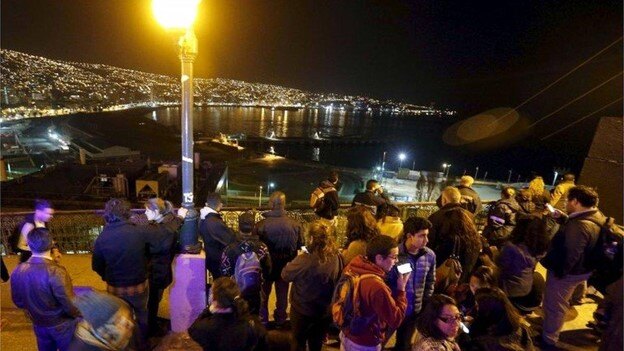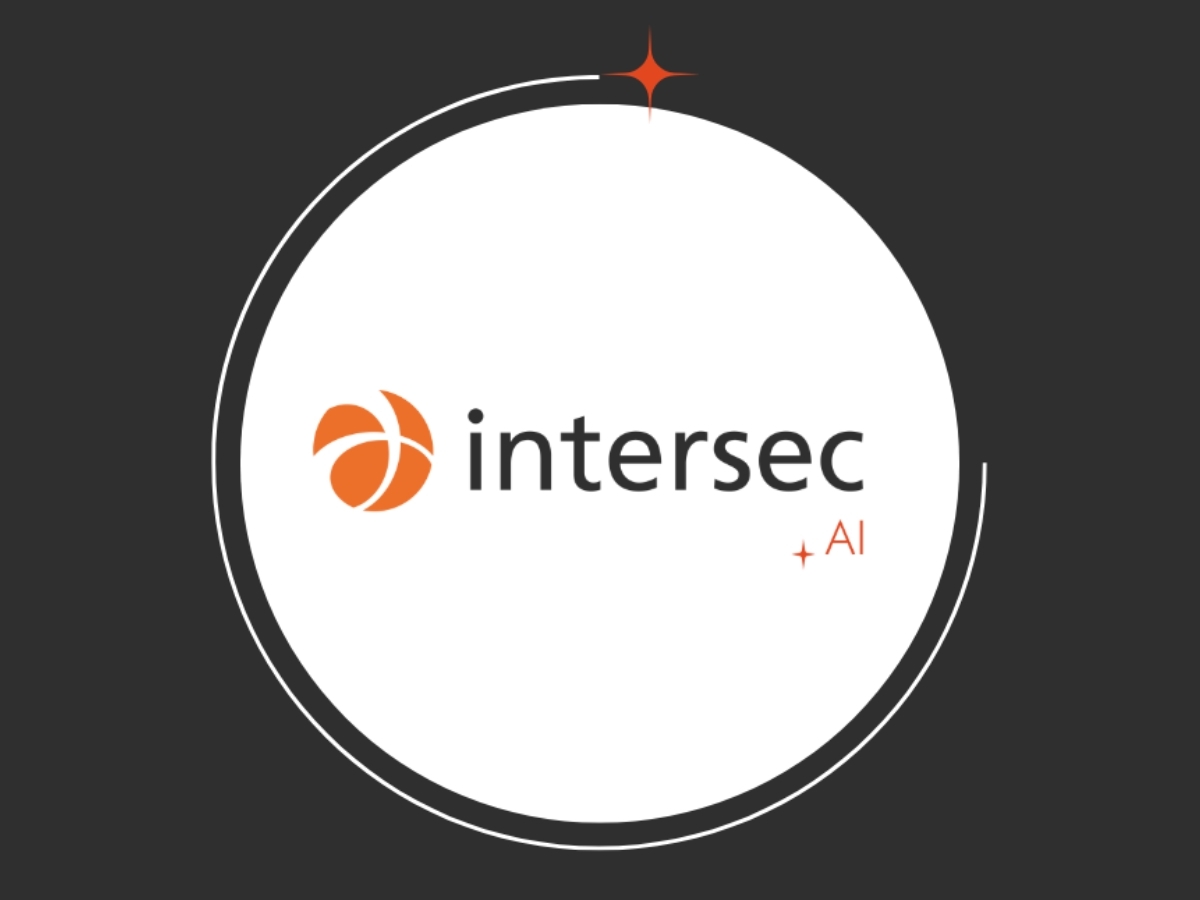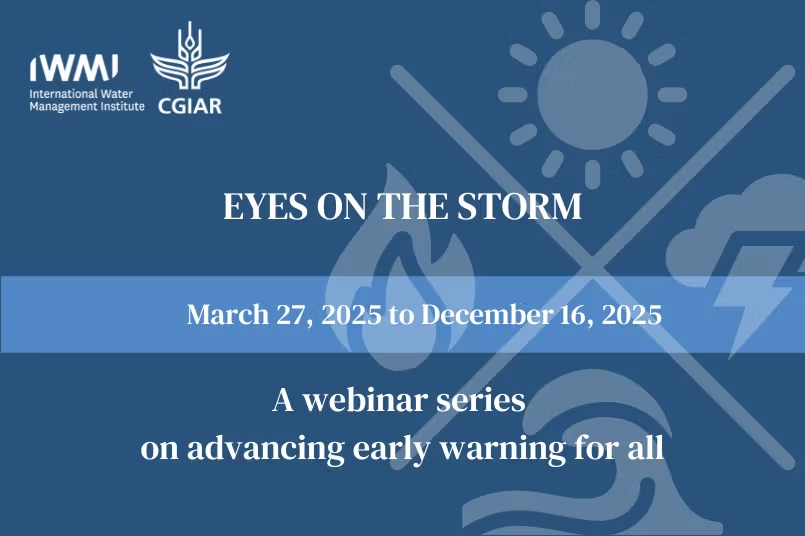In the chaos of natural disasters, accurate information can be the difference between life and death. Recent events have shown us the devastating consequences when misinformation spreads faster than truth, underscoring the critical importance of reliable public alert systems.
The human cost of disaster disinformation
- Turkey's Earthquake Tragedy (2023) - In February 2023, as Turkey reeled from a catastrophic earthquake, a rumor spread like wildfire through social media: the Yarseli Dam in Hatay had cracked and was about to burst. Panic ensued, and crucial search and rescue operations ground to a halt. A rescue worker on the scene described the impact: "We lost both time and energy. We were unable to work. Our hands and feet got tangled. We were unable to work until the morning. Maybe it cost a lot of people their lives."[1] This false alarm didn't just cause fear—it potentially sealed the fate of those trapped under rubble, waiting for help that was delayed by misinformation.
- Kerala Floods Chaos (2018) - During the severe flooding in Kerala, India in 2018, fake videos circulated widely, causing significant disruption to rescue efforts. These fabricated clips showed nonexistent dam breaches and exaggerated flood levels, leading to unnecessary evacuations and misdirecting precious resources away from areas truly in need. Local authorities struggled to combat the spread of these false reports, with some residents making decisions based on conflicting information they had received.[2]
- Hurricane Katrina's Exaggerated Violence (2005) - Widespread misinformation about violence and lawlessness in New Orleans, often based on unverified rumors, led to exaggerated reports of looting, murder, and rape that hampered rescue efforts, caused relief organizations to delay operations due to safety concerns, and influenced the government to authorize troops to shoot "hoodlums," despite the New Orleans police chief later admitting the reports were largely unfounded and the misinformation disproportionately affecting the city's African American residents and potentially costing lives by delaying crucial aid.[3]
The power of reliable public alerts
These examples highlight the urgent need for authoritative, timely information during crises. Effective public alert systems can counteract the spread of misinformation and provide life-saving guidance.
Consider the contrast in Chile in 2014: During the 8.2 magnitude earthquake, effective early warning systems and public preparedness played a crucial role in minimizing casualties. When the earthquake struck, triggering a tsunami warning, nearly a million people along the coast quickly evacuated to higher ground. The authorities were quick to issue these alerts keen to avert a repeat of the slow response to the 8.8-magnitude quake in 2010, which devastated large areas of the country.
Paola Avello, World Vision's emergency manager in Chile, stated, "It is a relief this morning to see so many people heeded the warnings and moved to higher ground. People know what to do. They have experienced the terror of past destructive tsunamis and come to the safety zones willingly"[4].
This example highlights how proper disaster preparedness and timely evacuation can significantly reduce the impact of natural disasters on human lives.

Photo credit: Reuters: Residents of the coastal city of Valparaiso knew to take to higher ground
Implementing effective alert systems
To combat misinformation and save lives, public alert systems must be:
- Timely: Warnings should be issued as soon as a threat is identified.
- Accurate: Information must be verified to maintain public trust.
- Clear and Actionable: Alerts should tell people exactly what to do.
- Widely Accessible: Multiple channels should be used to reach all demographics.
Modern technology has revolutionized our ability to disseminate warnings quickly and widely, allowing officials to send alerts to all mobile devices in a specific area, regardless of network congestion.
At Intersec, we're committed to developing cutting-edge early warning systems that help governments and organizations keep their communities safe. Our solutions leverage the latest technology to ensure that when disaster strikes, accurate information reaches those who need it most—because every second counts, and reliable alerts save lives.
[1] Disaster, Disinformation and the Concept of Confirmation in Journalism: The “Dam Cracked” Example (PDF)
[2]Is disinformation during natural disasters an emerging vulnerability? (SOAS)
[3]Misleading reports of lawlessness after Katrina worsened crisis, officials say (The Guardian)
[4] World Vision Responds to 8.2 Magnitude Quake in Chile (worldvision.org)
To learn more about Early Warning Systems, it's this way
 The vital role of reliable public alerts in disasters" />
The vital role of reliable public alerts in disasters" />


.jpg)









.webp)


.webp)




















